
Eka Pada Galavasana (Flying Crow Pose) Crow yoga, Flying pigeon pose
Flying Crow Pose ( Eka Pada Galavasana) is a great yoga pose for increasing arm and core strength, opening your hips, and improving balance. It is not a beginner pose, though—you'll need some solid yoga practice, strength, and balance to do this pose safely and effectively. Benefits

1000+ images about Week 36 Entries Flying pigeon pose (Eka pada
Press the backs of your upper arms against your right shin. Hook your right toes around your upper left arm. Lift your hips and bend your elbows. Shift your bodyweight far enough forward that your left foot lifts off the floor. Straighten your left leg so it's parallel to the ground. Balance in the pose for several breaths.

yoga eka pada galavasana Yoga
Cat/cow Similar to crow pose, eka pada galavasana requires you to round your low back like in a cat stretch as you come into the pose. As you round up into cat stretch in your warm-up, press your hands down and forward—like you're pushing the floor away from you—to bring more stretch into your lower back.
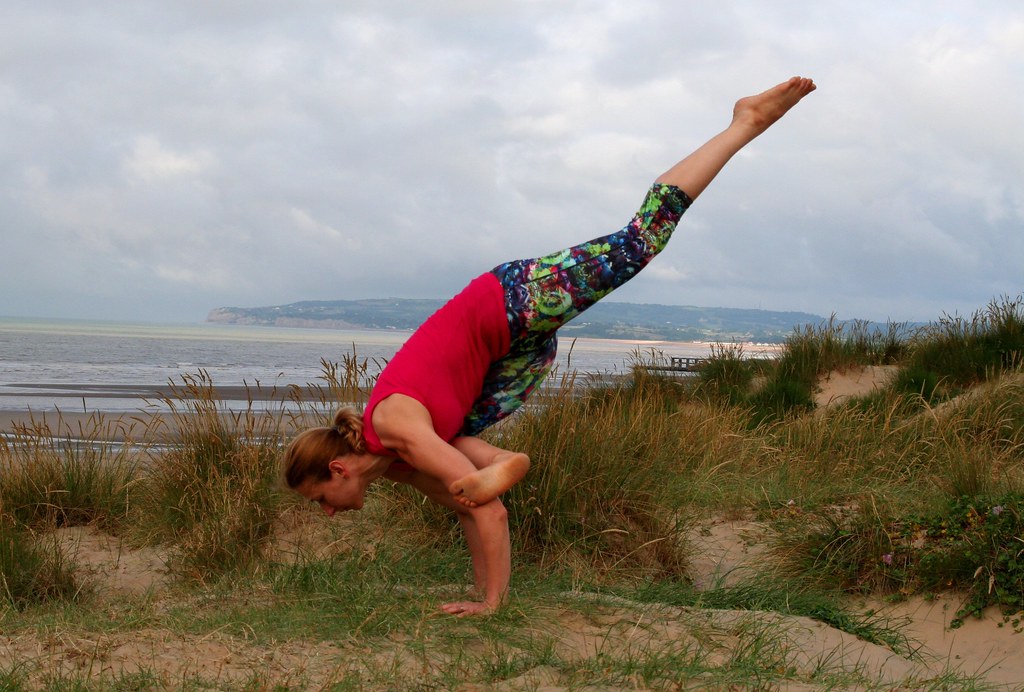
Eka Pada Galavasana Yoga is 99 Practice and 1 Theory. … Flickr
Garudasana into…Vira 3 (focus on midline, extension of back leg as reach chest forward). Step into.. Crescent and then lower to. Lizard - focus on lift of back hip as you reach chest forward. Return to top of mat, second side. Vinyasa to front of mat. External hip stretch (standing ankle to knee pose to open outer hip. Chest forward, hips.

Eka Pada Galavasana (One Leg Pose Dedicated to Galava or Flying Pigeon
In Eka Pada Bakasana (One Legged Crow Pose), the lower shin is parallel to the long side of the mat. Naming Confusion. Eka Pada Galavasana is sometimes referred to as One Legged Crow. Thus, you may need to clarify the naming conventions when reviewing various sources. Eka Pada Bakasana (One Legged Crow Pose) has the non-flying leg in Crow position.
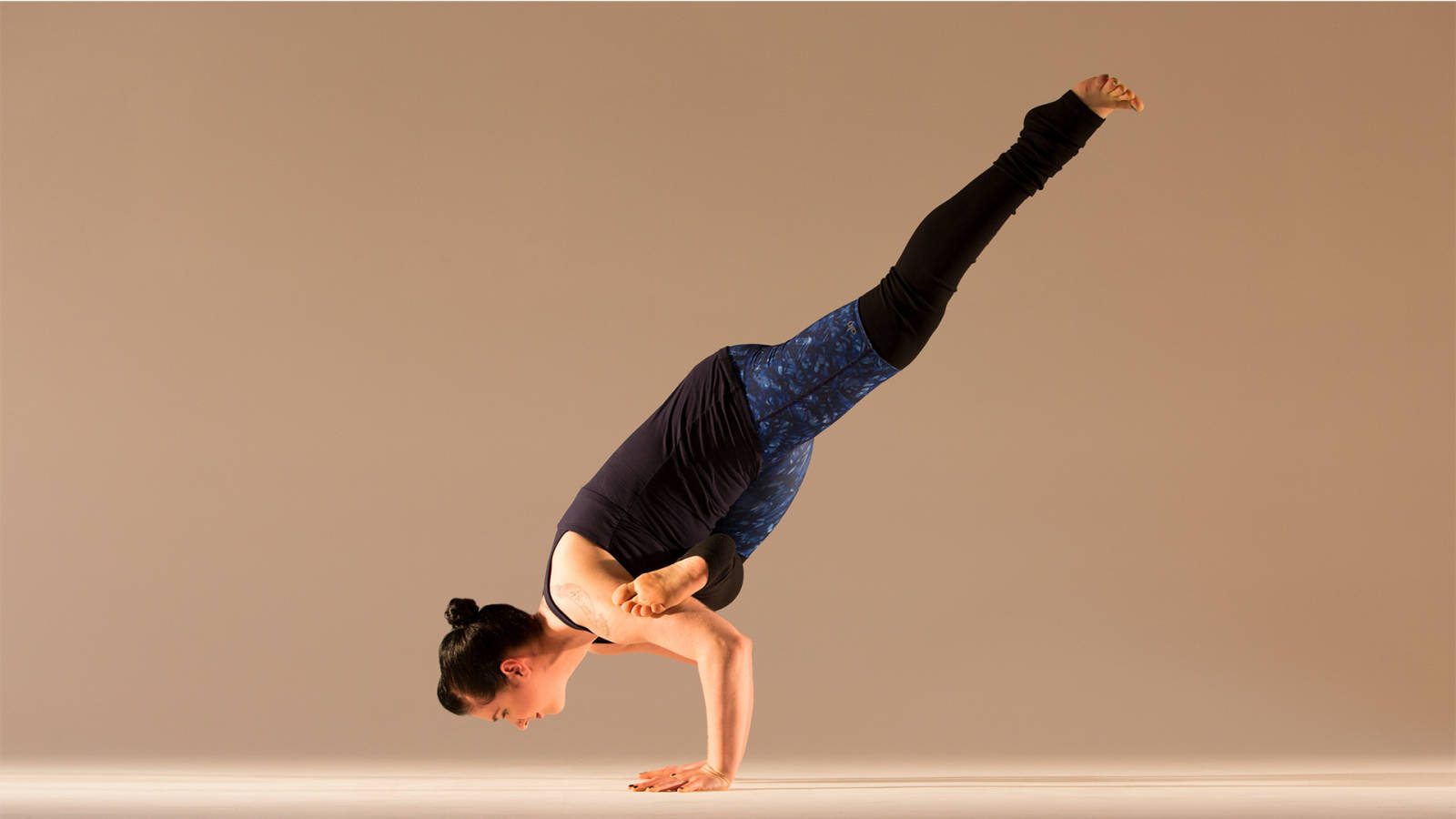
Eka Pada Galavasana (Flying Pigeon) StepbyStep
Eka pada Galavasana is part of the third series of Ashtanga yoga. The challenging nature of this pose means it is also good for cultivating presence and acceptance of the moment, exactly as it shows up. It helps one to learn to accept both success and failure with equanimity.

1000+ images about Week 36 Entries Flying pigeon pose (Eka pada
The arm balance Eka Pada Galavasana, often referred to as "Flying Crow" is a pose that gives us the experience of doing just that: flying. The pose is a dynamic play between the stability and steadiness of the body and the graceful "seesawing" between the upper and lower body. Too much of one thing or the other and you'll land on your nose!

Közzétéve itt yoga
Eka Pada Galavasana is an arm balancing pose practiced in Hatha and 3rd series of Ashtanga Yoga. It focuses on strengthening arm, shoulder, and core muscles. The pose Eka Pada Galavasana is assumed as an advanced variation of the Pigeon pose. Here the legs are kept in a similar position as in the half pigeon pose.

Eka Pada Galavasana (3rd series ashtanga) Yoga living, Ashtanga, Yoga
Instructions Begin in chair pose. Cross the left ankle over the right thigh. Bend forward and bring the palms to the floor. Hook the left toes around the right upper arm and bend the arms deeply. Exhale and lean forward. Lift the right leg up and back. Keep pressing the left leg into the forearms to lift the torso and back leg up.
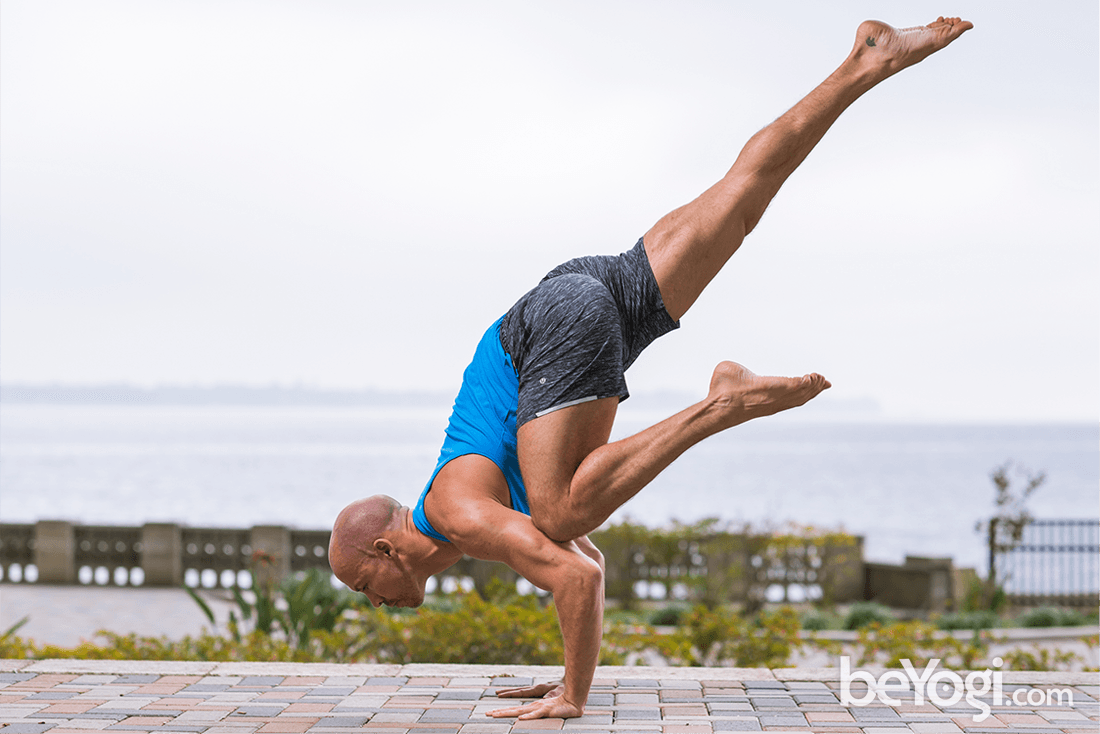
Flying Crow Pose Eka Pada Galavasana beYogi
Eka Pada Galavasana: An efficient yoga sequence to help you understand the mechanics behind Flying Pigeon Pose, aka Eka Pada Galavasana.
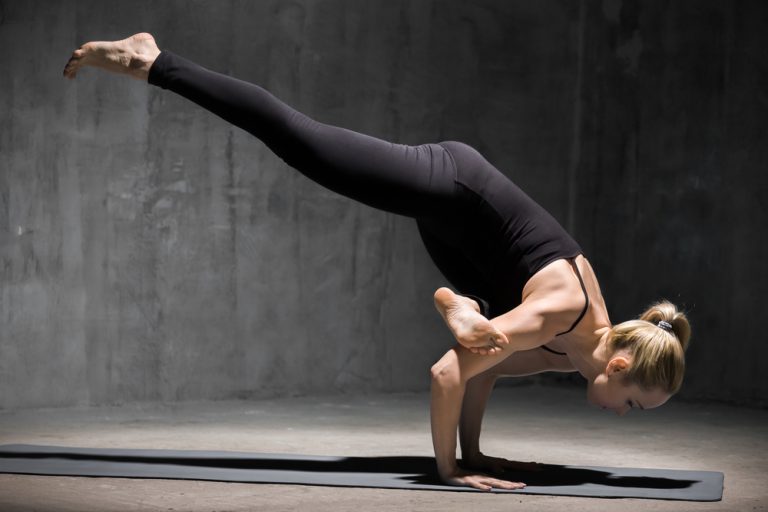
12 Strange Looking Yoga Poses YOGA PRACTICE
Eka Pada Galavasana. Time to put it all together. Begin the same way as we did for Standing Pigeon with the torso extended over your rotated leg. Reach your hands down to the ground hooking your shinbone onto the back of both of your arms. (If your hands don't reach the ground, it means the hips aren't open enough yet.
:max_bytes(150000):strip_icc()/FlyingCrowPose_annotated-aa8e786573e54c548edbd23ff2dc596a.jpg)
Crane Yoga Poses Beginners Kayaworkout.co
Flying Pigeon Pose, also known as Eka Pada Galavasana in Sanskrit is a great yoga pose for increasing arm and core strength, opening your hips, and improving balance. It is not a beginner pose, though you'll need some solid yoga practice, strength, and balance to do this pose safely and effectively. Pose Detail Difficulty: Advanced
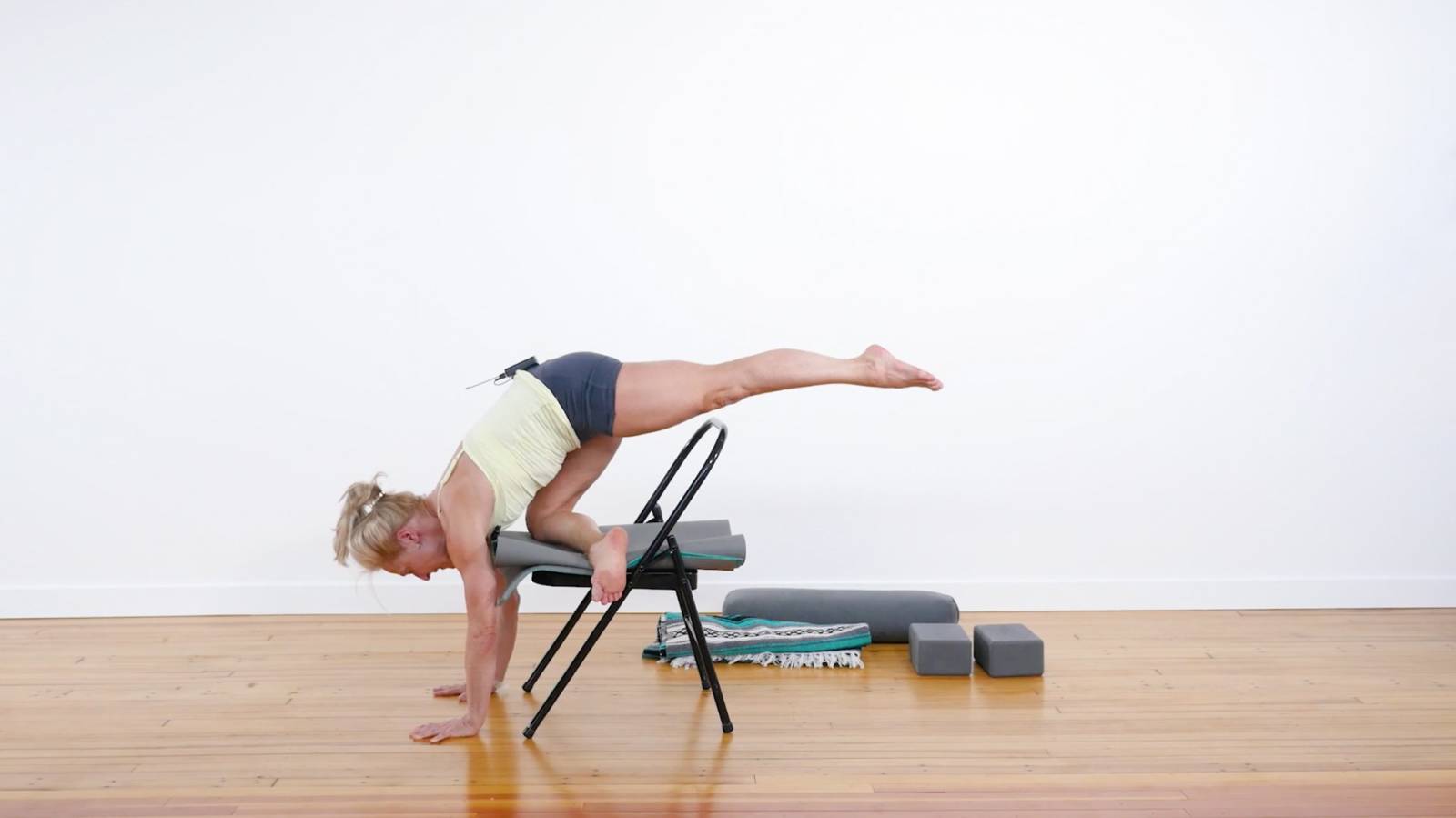
From the Ground Upward Eka Pada Galavasana
Strengthens and Lengthens: Eka Pada Galavasana is an intense arm balance practice that requires the abdominal muscles and core muscles to be engaged, to help lift and balance the body on the folded leg. It challenges the arms and shoulders, slowly working on strengthening them, with practice.

Eka Pada Galavasana (Flying Pigeon) Yoga International
Thanks to its resemblance to half pigeon pose, eka pada galavasana (which roughly translates to "one-legged pose dedicated to the sage Galava") is often referred to as "flying pigeon." Like half pigeon, it tends to elicit either exclamations of delight or groans of displeasure in a yoga class—it's a pretty polarizing pose!

Eka Pada Galavasana (Flying Pigeon) StepbyStep
Learn how to do Flying Pigeon Pose (Eka Pada Galavasana). This free beginner video tutorial will teach you the proper alignment and technique to help you saf.

Eka Pada Galavasana home practice sequence Jason Crandell Yoga
Eka Pada Galavasana is named for one of the great sages, as are many arm balances in yoga. B.K.S. Iyengar says in Light on Yoga, " Eka means one. Pada means a leg. Galava is the name of a sage."